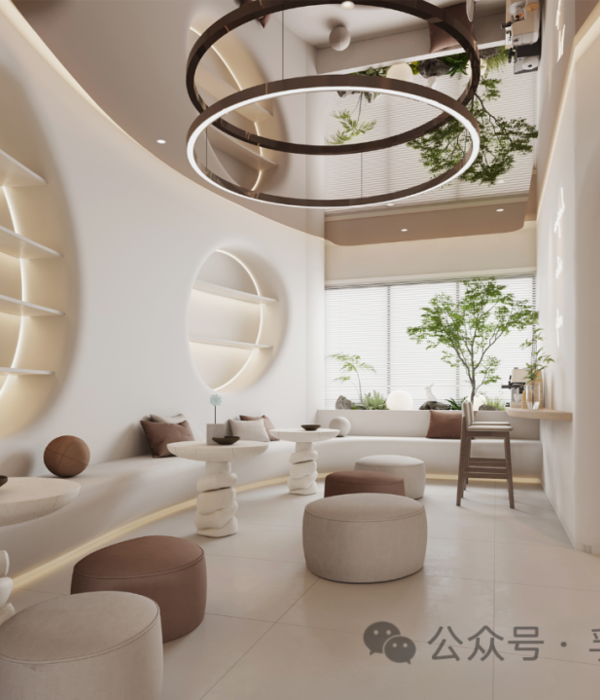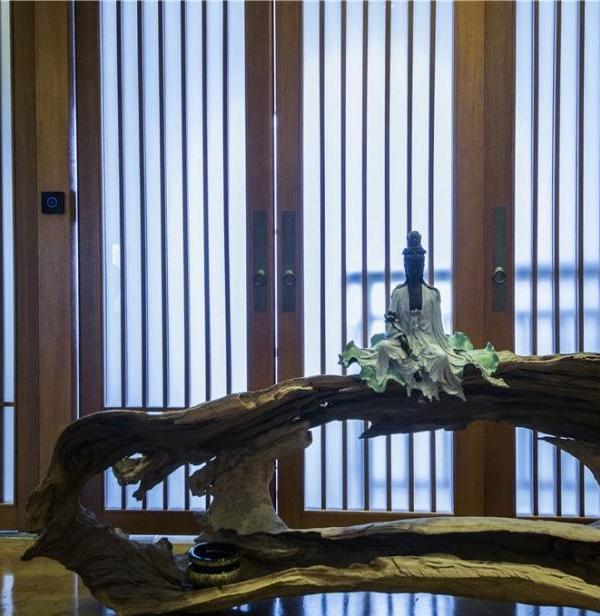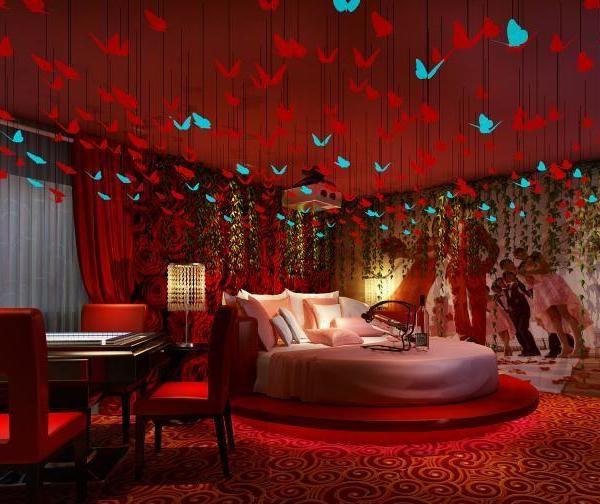The Hoian Trails Resorts & Spa, situated on a large plot of land approximately 3 hectares, overlooking a vast rice field and some hundred-year-old Frangipani trees, was one of the first resorts in Hoian that caters for eco-living tourists who seek to renew their connection with nature. Built more than 30 years ago, the resort recently went through a revamp of image, to become a capsule of Hoian’s ancient architecture encased in the aesthetic sense of the 21st century.
THE STORY OF PRESERVATION AND RENOVATION
Commissioned to renovate the old Hoian Trails, the architect team referred to ancient Hoian houses for inspirations, particularly in the layering of spaces. Traditional Hoian houses are characterised by the one- or two-story tubular shape, with very narrow width and very long depth. Spaces are divided into three partitions - an outer one which is to do business, a private quarter for the family’s shared activities, and an inner one for the household’s women. The partitions are separated by brick wall and wooden frame, a pathway runs through the house in the middle. Water tanks and trees are essential elements in the design. With this unique architecture the houses in Hoi An ensure the harmony between living space and nature, the entire house is always airy and filled with sunlight.
Taking from this inspiration, D1 architectural studio layers the space between the functions: resting area, courtyard and a bathroom. Guest rooms are equipped with a bathroom connect with the courtyard, therein D1 designed an open bath covered by bamboo screens - this is to give guests the experience of being close to nature, being enabled to feel whole, to detox from the stress of daily routine, by renewing the connection with their own habitat. The resting area, furnished with a tea table and colourful pillows, is open to the corridor where guests would come to the balcony to savour the cool breezes that brings along with it the aroma of flowers and fresh grass from the bountiful garden.
« THE FUTURE OF ARCHITECTURE IS CULTURE. » - PHILIP JOHNSON
The contemporary spirit is expressed in the creative adaptation of traditional motifs into the architecture. The rounded arch in the ancient Hoian longhouse is brought into the design of the pathways leading to the courtyard and in the door designs of the guest rooms. D1 team designed the windows in each partition in the shape of concentric circles, emphasizing the feeling of depth for the room.
In interior design, D1 aims for a revival of traditional craftwork that goes hand in hand with new, original designs bespoke for the project. The interior elements, designed by D1 were realised through the hands of local artisans, giving them the weight of expert craftsmanship condensed through the years and encased in the aesthetic sense of the 21st century.
The Hoian Trails represents a new movement, which attempts to combine tradition and modernity. It represents the development of the concept of artistic integration, much relevant in the context of rapid urbanisation, as a way to solve the fundamental problem of the erosion of cultural integrity and the loss of the artistic qualities of the architectural environment, in pursuit of commercial goals.
{{item.text_origin}}












